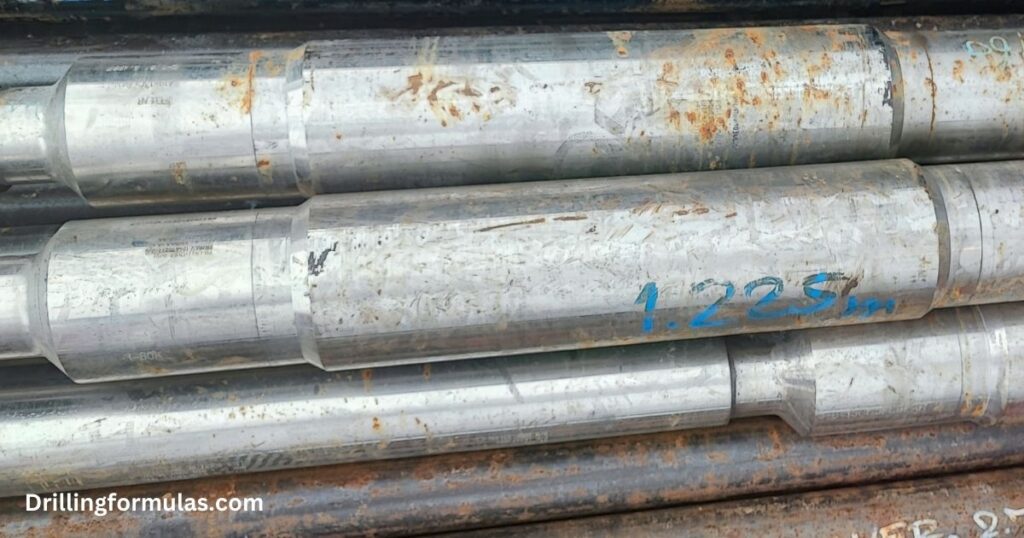
A choke is a special valve used in well control situation and its primary purpose is to generate back pressure in a well, effectively increasing bottomhole pressure to manage formation flow during the removal of an influx. Chokes come in two types: positive or non-positive sealing, with adjustable features necessary for well control applications, as opposed to fixed chokes used in production or testing. These components are offered in various sizes and pressure ranges, and adjustable chokes can be either manually operated or hydraulically controlled from a remote console.

There are two main categories of chokes: manual chokes and hydraulic chokes.
Manual Chokes:
Operated by hand using a handwheel, manual chokes are not the primary choice for well control operations. The manual adjustment process is less effective for controlling pressure in the wellbore during circulation.

Manual Chokes
Hydraulic Chokes:
Hydraulic chokes provide easy adjustment and enable precise remote regulation of choke pressure. A notable feature of most hydraulic remote chokes is their placement in the choke manifold, while control occurs remotely from a panel displaying casing and drill string pressures.

Hydraulic Choke
In scenarios with multiple chokes, the manifold design should facilitate the isolation and repair of one choke while another remains active. Additionally, it is crucial to have spare parts for the chokes readily available at the rig site.
References
Cormack, D. (2007). An introduction to well control calculations for drilling operations. 1st ed. Texas: Springer.
Crumpton, H. (2010). Well Control for Completions and Interventions. 1st ed. Texas: Gulf Publishing.
Grace, R. (2003). Blowout and well control handbook [recurso electrónico]. 1st ed. Paises Bajos: Gulf Professional Pub.
Grace, R. and Cudd, B. (1994). Advanced blowout & well control. 1st ed. Houston: Gulf Publishing Company.
Watson, D., Brittenham, T. and Moore, P. (2003). Advanced well control. 1st ed. Richardson, Tex.: Society of Petroleum Engineers.















